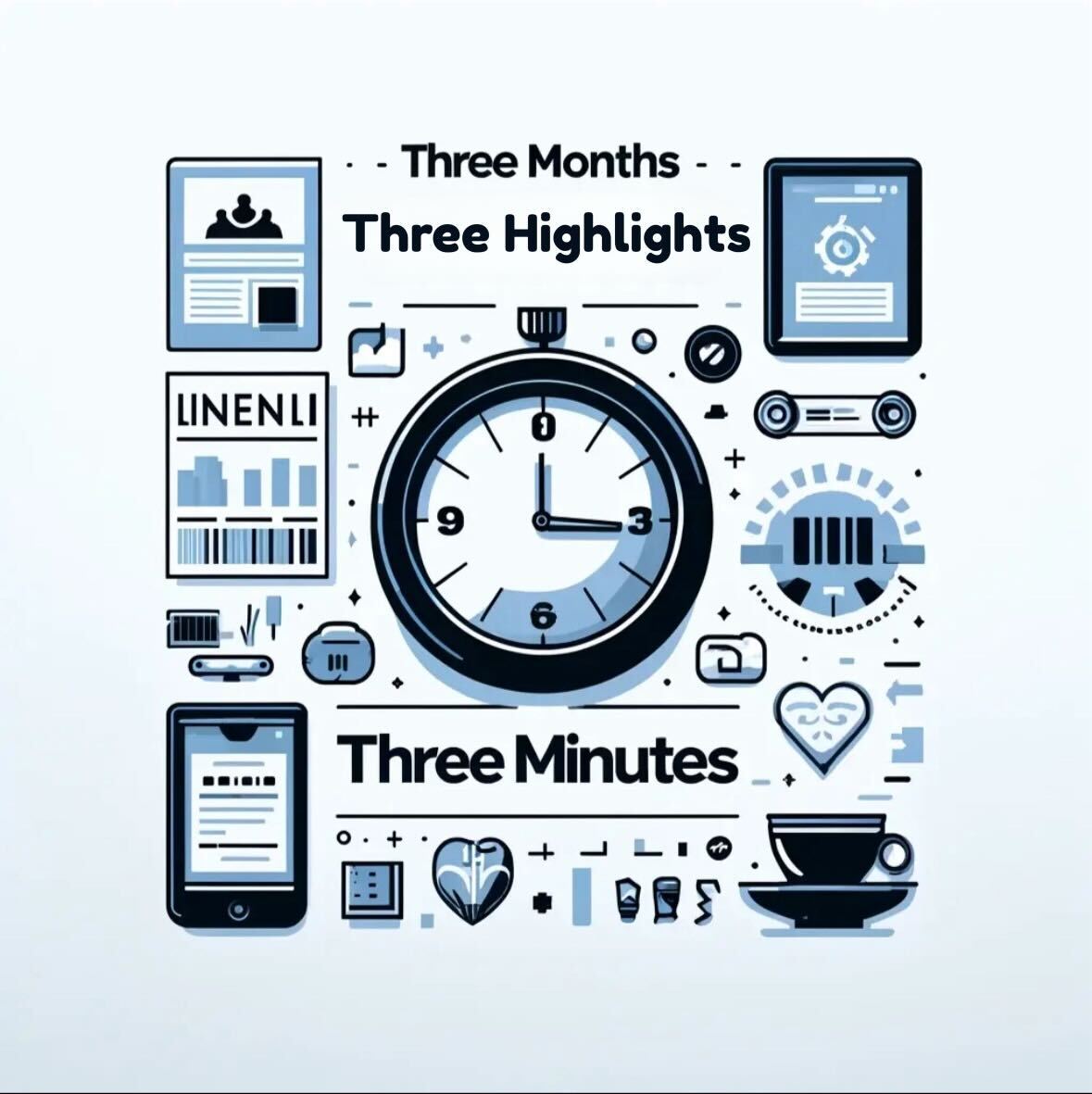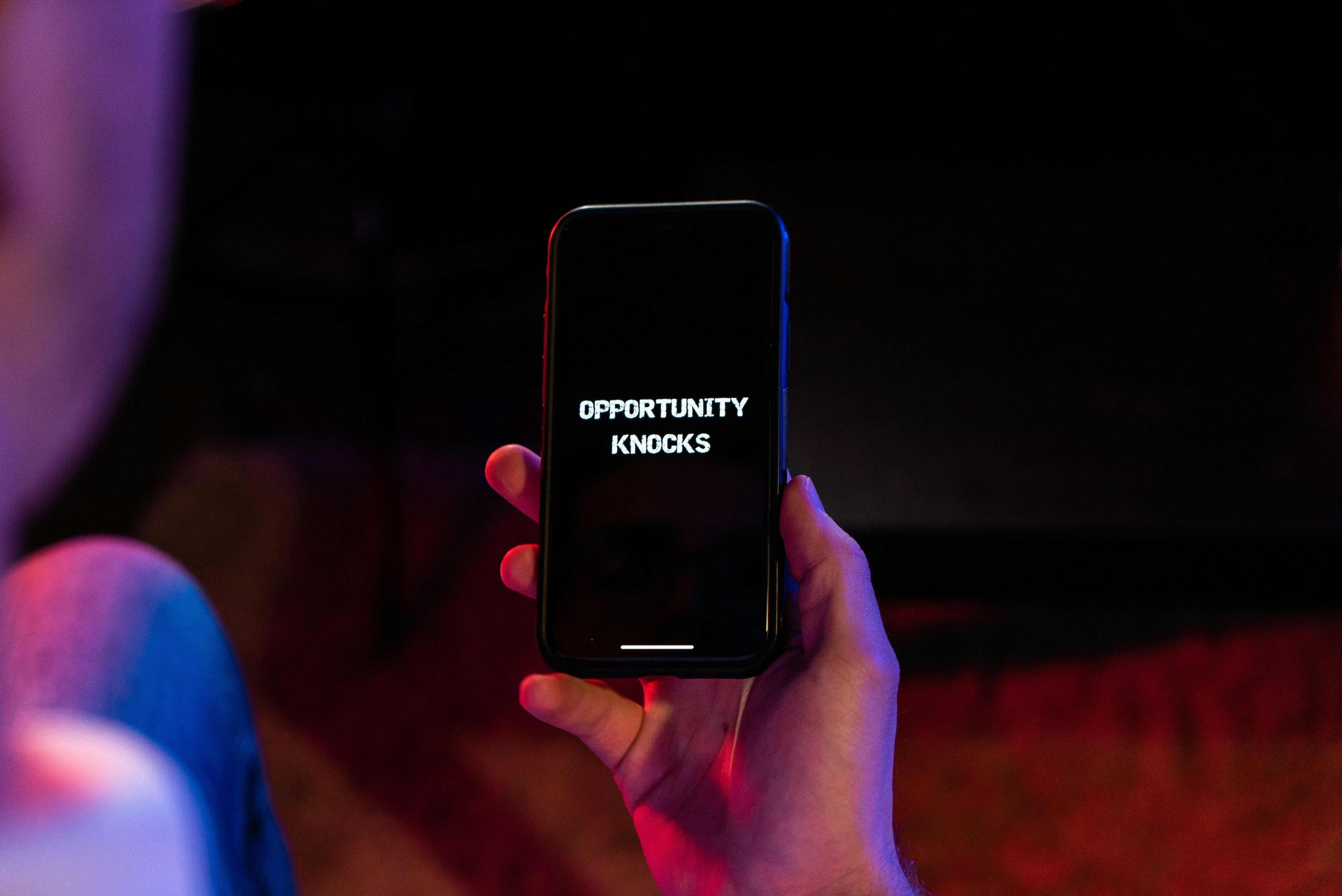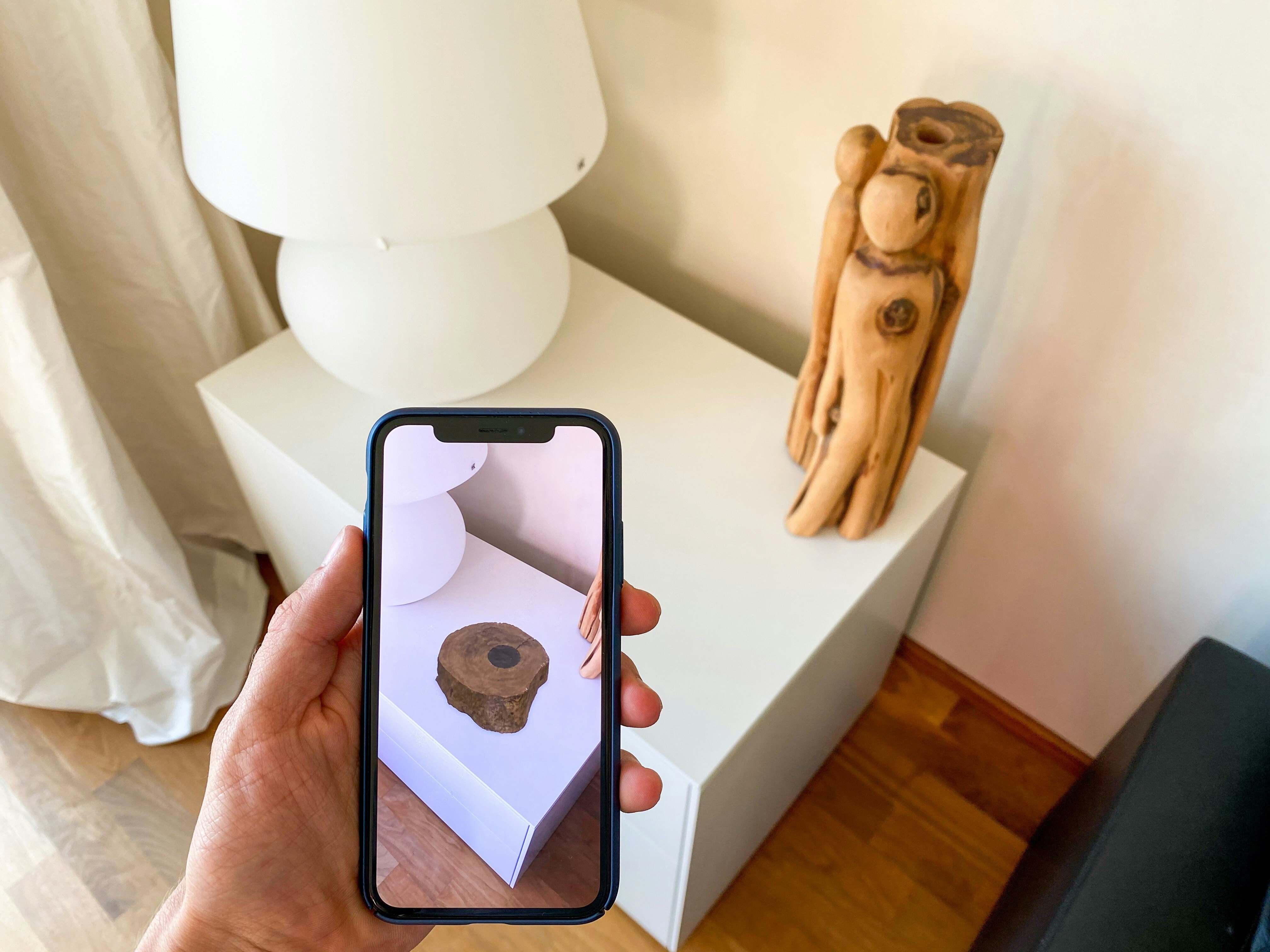Are you a ‘put it all on red’ kind of a person, or do you prefer an each way bet over an ‘on the nose’ flutter? Or do you not gamble at all, either in work or play? Whatever your approach to risk, it’s the calculated risk, where you study the science and statistics that produces the more reliable return over time.
Of course, hindsight is a wonderful thing, since we can all see what we should have done when we look back. As any honest economist will tell you, however, just because we’re good at explaining and understanding what has happened, this doesn’t mean we’ll know what will happen. Past performance is no guarantee – and sometimes no indicator – of future performance.
Anyone who writes a blog post or other piece of content hopes that readers will get value from it for as long as possible. When a seismic event like coronavirus comes along, invalidating almost everything that has gone before, it forces almost every piece of best practice advice into quick-fire, reactive and tactical modes. All media attention diverts to how we cope with the crisis while it lasts, and most of it has little value beyond the crisis.
THE WORKING ON YOUR BUSINESS HAS TO HAPPEN AT THE SAME TIME AS THE WORKING IN YOUR BUSINESS.
Given that we might be years away from a vaccine, and that something different again from coronavirus is likely to occur at some point, a better question is probably this: how can we prepare better for any bump, fork or landslide in the road? To recession or pandemic you could add war, civil unrest or extreme environmental event to the list or unfavourable business conditions.
“Hang on Tony,” you could be saying, “before I read any further, you should know that we’re going day-by-day right now. We don’t know what next month’s going to bring. You need to give us something we can work with now.” I understand that, but the grim reality is that you need to be always working in parallel. The working on your business has to happen at the same time as the working in your business.
So, before you wonder where I’m going with this, and how it relates to multichannel ecommerce, let’s quickly chart how commerce with and without the ‘e’ has developed over the last three decades. Up until the early 90s all we had as consumers were the physical buying channels: in store, on the street, door-to-door, mail order catalogues and telephone ordering.
The telephone brought commerce to our finger tips, and a device connected to the telephone line brought the Internet, and with it website shopping. From there it was a natural step to online marketplaces – effectively one location housing hundreds or thousands of web stores. The world’s malls had come to us. Finally, now, as consumers, we can be truly omnichannel and shop how we like, wherever we are, often using more than one channel during a single purchase cycle.
From the supply side of the equation, omnichannel has been touted as the holy grail of consumer empowerment but it’s really hard to do, and why would you want to do it if your business is relatively small in size and resources? On the flip side, large businesses who have spread their risk across tens or hundreds of geographical outlets but no online presence are in a parlous state. As I write this, across the world brands for whom the web has been a token presence of some brochureware and perhaps a bit of ecommerce have been scrambling to make their online presence front and centre.
When they’re reacting like this it’s for survival, but when you do it proactively it’s for insurance and it’s good business. The logic is pretty straightforward I think. The more channels you sell on – physical and online – the more you’re covering your bets against a major event taking out one of your channels and threatening your ongoing viability. This might be a macro event, or it might be a perfect storm of bad luck that gets you dumped from your key marketplace.
Extending this argument for purely online channels, the more online bets you place – web stores, marketplaces, regions, product lines, categories and so on – the more quickly you can measure, manage and adapt to changing circumstances. Of course, this comes with two large caveats, which are the subject of part 2 of this post – we’ll be back next week.






Blog Comments